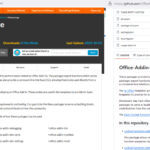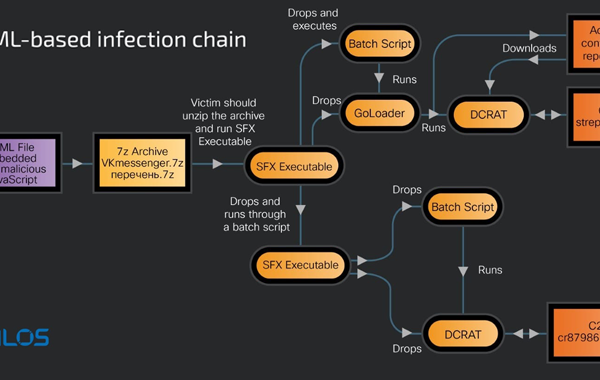
GitHub Uncovers New ruby-saml Vulnerabilities Allowing Account Takeover Attacks
Two high-severity security flaws have been disclosed in the open-source ruby-saml library that could allow malicious actors to bypass Security Assertion Markup Language (SAML) authentication protections. SAML is an XML-based markup language and open-standard used for exchanging authentication and authorization data between parties, enabling features like single sign-on (SSO), which allows













